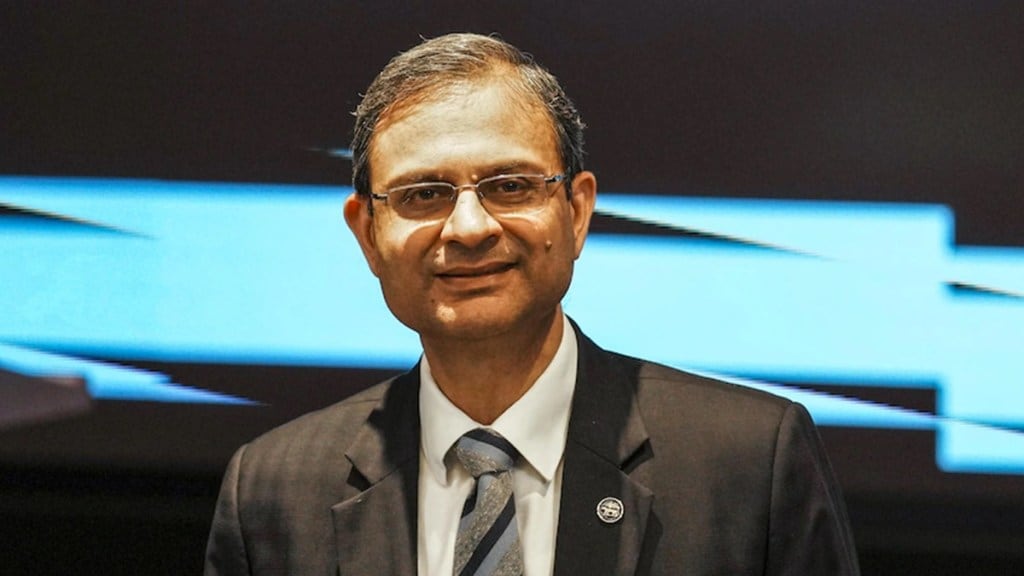Reserve Bank of India governor Sanjay Malhotra last week urged banks to use the inter-bank call money market instead of passively parking funds with the standard deposit facility (SDF) – a call also made by his predecessor Shaktikanta Das.
However, banks are reluctant to do the same mainly due to their reliance on the tri-party repo (Treps) and Chroms (clearcorp repo order matching system) market for funding needs, as they can borrow at cheaper rates than the call money market. In addition, traders say that there is a lack of information in terms of funding requirements of banks, which is a deterrent.
This has led banks to keep more in the standing deposit facility with the Reserve Bank of India as it provides them room to park funds till 12 a.m, giving sufficient cover for any unforseen funding needs.
“We urge the banks to actively trade among themselves in the uncollateratised call money market to make it deeper and vibrant for better signal extraction from the weighted average call money rate (WACR),” Malhotra said in his maiden monetary policy statement.
The central bank uses the interest rate range at the overnight call money market, measured by WACR, as the operating target for monetary policy making. It looks to anchor the operating target to the policy repo rate to achieve the objectives of the policy.
The WACR averaged 6.77% in January, compared with 6.71% in December, reflecting a tighter liquidity situation. After the policy, the rate has fallen to 6.30%. The TREPs rate is at 6.25% while the SDF rate is currently at 6%.
“If I have a surplus cash of Rs 1,000 crore, the quote can be shown to five or six counterparties whom I know. But, there are other banks who are actually sitting on a deficit, but in the absence of any information, we cannot lend to them. Often, the information reaches when the bank has already squared off that trade in the market,” said a dealer with a private bank.
“If I can borrow at a cheaper rate in Treps, then there is no need to borrow in the expensive call money market. Moreover, I will play on with the arbitrage, borrowing at a cheaper rate in Treps and lending at a higher rate in call,” said the treasury head at a state-owned bank.
To overcome the problem of lack of information, the RBI in the December policy proposed a new benchmark, secured overnight rupee rate (SORR). Call traders are expecting it to be rolled out in the next two months.
The advantage of SORR is that it leads to proper transmission by enhancing transparency in benchmark setting. Unlike the existing Mumbai interbank offered rate (Mibor), which is a polled rate derived at by collecting data from participants and averaging responses after excluding outliers, SORR will be based on trade. This means it will rely on actual transactions in secured money markets, making it more resistant to manipulation and reflective of real market dynamics.
Market participants said with the RBI cutting the policy rate by 25 basis points, the call rate is also expected to ease, followed by Treps and Chroms rates.


